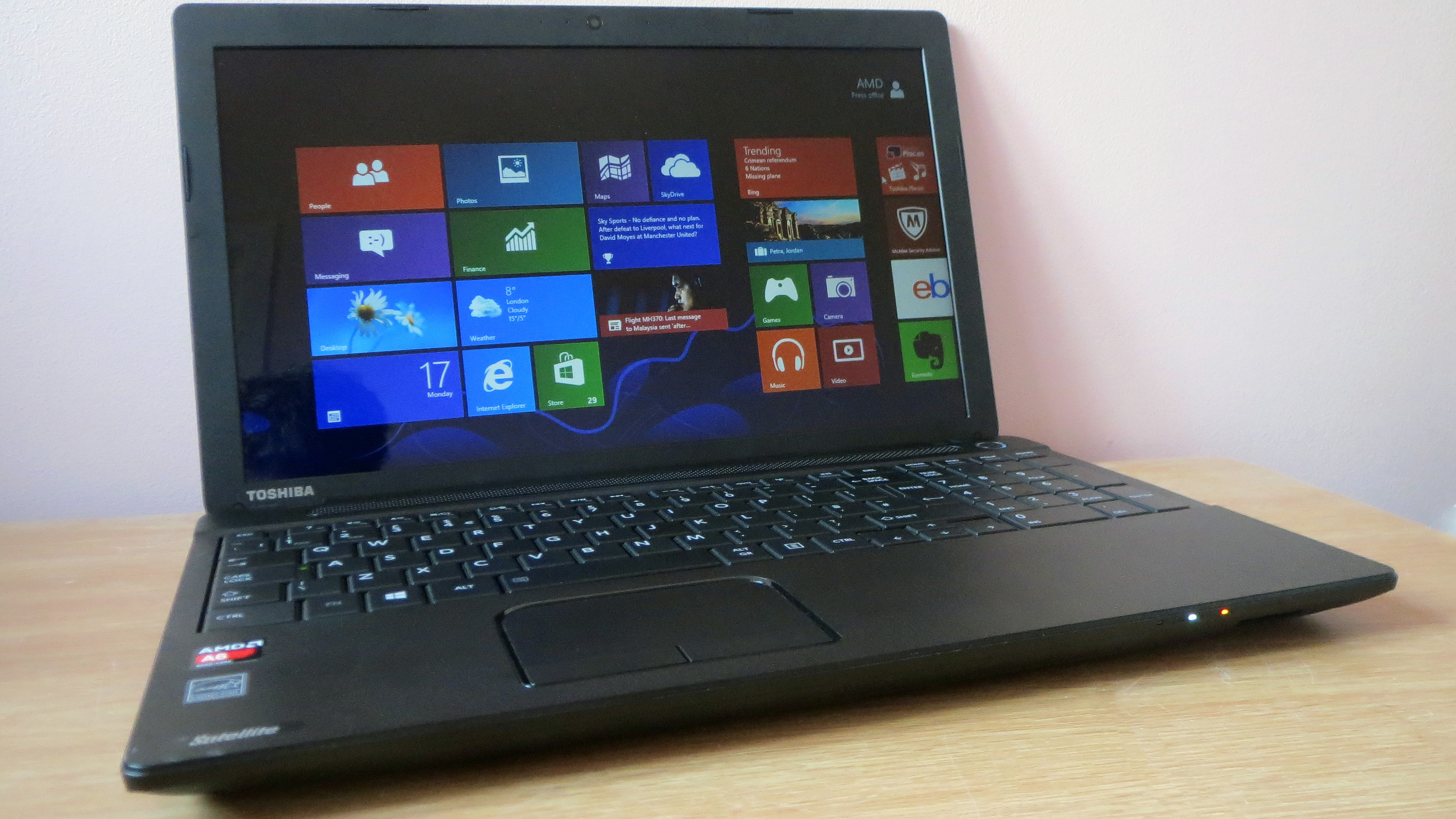Why you can trust TechRadar
3DMark:
Ice Storm: 32455
Cloud Gate: 2410
Fire Strike: 353
Cinebench 11.5:
CPU: 1.97
GPU: 12.75
PCMark 8:
Home score high performance: 1,811
Home score power saver, no GPU: 1,374
Home battery test, high performance: 3hrs 6mins
Home battery test, power saver: 4hrs 4mins
Video looping battery test, power saver, full screen: 5hrs 27mins
BioShock Infinite:
Ultra Low, 1,366x768: 23.94fps
Dirt 3:
Ultra Low, 1,366x768: 37.39fps
Low, 1,366x768: 34fps
Medium, 1,366x768: 24.77fps
Hard disk:
AS SSD sequential read: 95.8
AS SSD sequential write: 82.2
AMD might claim that its APUs are the ideal product for mixing business and pleasure, but Kabini is a mid-range product – and it showed in our benchmark tests.
Sign up to the TechRadar Pro newsletter to get all the top news, opinion, features and guidance your business needs to succeed!
The Toshiba scored 1.97 in Cinebench's processor test – it's a reasonable result, and it's able to outpace the sluggish AMD chip inside the Asus and the Celeron silicon used in the NB15t, both of which scored less than one point. It can't match the Toshiba M50, though, which deployed a more powerful AMD APU and delivered a 2.37 result. In PCMark 8's Home test, this machine scored 1,811 – but the M50 hit 3,472.
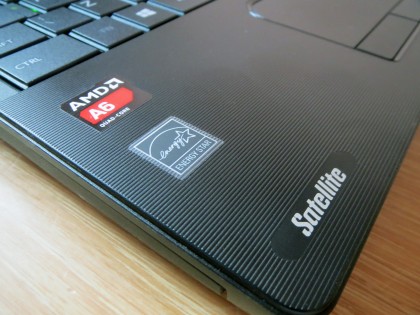
In the real-world, the C50D has enough power to handle a wide variety of tasks: Windows 8's Start screen and its apps loaded and ran smoothly, we had no issues in desktop mode, and this machine proved capable of web browsing, office work, movie playback and photo editing – and while multi-tasking, too. Only more intensive applications such as HD video editing will prove too taxing.
This Toshiba's APU proved middling in graphics tests, too. Its 3DMark Ice Storm score of 32,455 is a long way ahead of the two smaller machines, but it's still behind the M50 – Toshiba's own machine and its more powerful GPU managed 52,142 in the same benchmark.
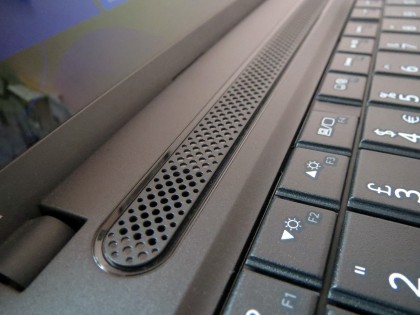
That means this machine is only suitable for more modest titles. We ran driving title DiRT 3 at its Low quality settings and the Toshiba's native resolution, and the C50D ran at 34fps – but opting for Medium quality saw the average drop to a juddering 25fps. This system might be good enough for games like DiRT and World of Warcraft, but it can't cope with more advanced games like BioShock Infinite; the Toshiba could only manage 24fps even at the game's lowest quality settings.
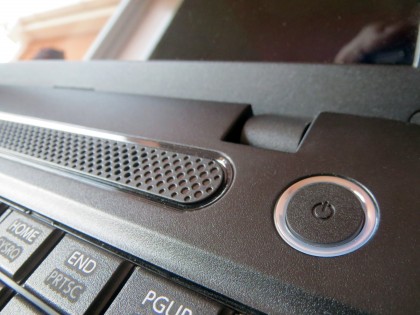
This particular Toshiba sits in second place among this group when it comes to performance, and that didn't change in our battery benchmarks. The C50D lasted for just over three hours in PCMark 8's Home battery test when running in High Performance mode, and an hour longer when we used Power Saver – better than the Toshiba NB15t and Asus X102BA, but about half an hour less than the M50 in both benchmarks. The best we could do with this machine was just under five and a half hours, which was with streaming video running in Power Saver mode with the screen dimmed.
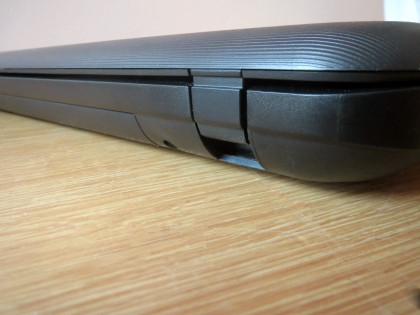
This Toshiba might be cheaper than the M50, but it's got a better screen. The C50D's measured brightness level of 231cd/m2 is a little better, and the contrast ratio of 359:1 is superior, too – although, in the wider world of laptops, neither of these results is particularly good. The screen's sRGB coverage level of 74.6% is average, but better than the M50, and this machine's 2.9 Delta E is excellent – it guarantees accurate colours.
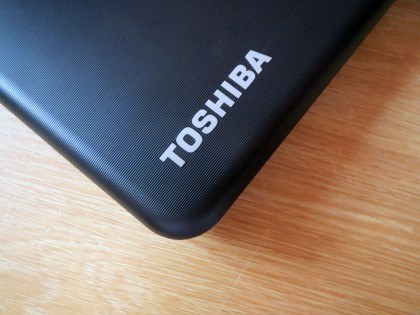
The C50D's screen may be better than its more expensive rival's panel, but it's still an average bit of kit. It's not a touchscreen, which makes Windows 8 less useful, and that brightness figure is still a little low. The resolution of 1,366x768 is entirely average for 15-inch laptops, and the panel has a bit of obvious grain, too. It's a screen for web browsing, casual games, on-demand TV and basic work – but there's not the quality or desktop real estate to handle anything more intensive.
The C50D isn't designed for media – as its speakers clearly demonstrate. They've only got enough volume to fill a small bedroom, and the sound pumped out of the two units above the Toshiba's keyboard is tinny, with no bass and a lack of depth throughout the range. We wouldn't use it to listen to the odd song on YouTube or games – we'd plug in some headphones or external speakers.
Mike has worked as a technology journalist for more than a decade and has written for most of the UK’s big technology titles alongside numerous global outlets. He loves PCs, laptops and any new hardware, and covers everything from the latest business trends to high-end gaming gear.
